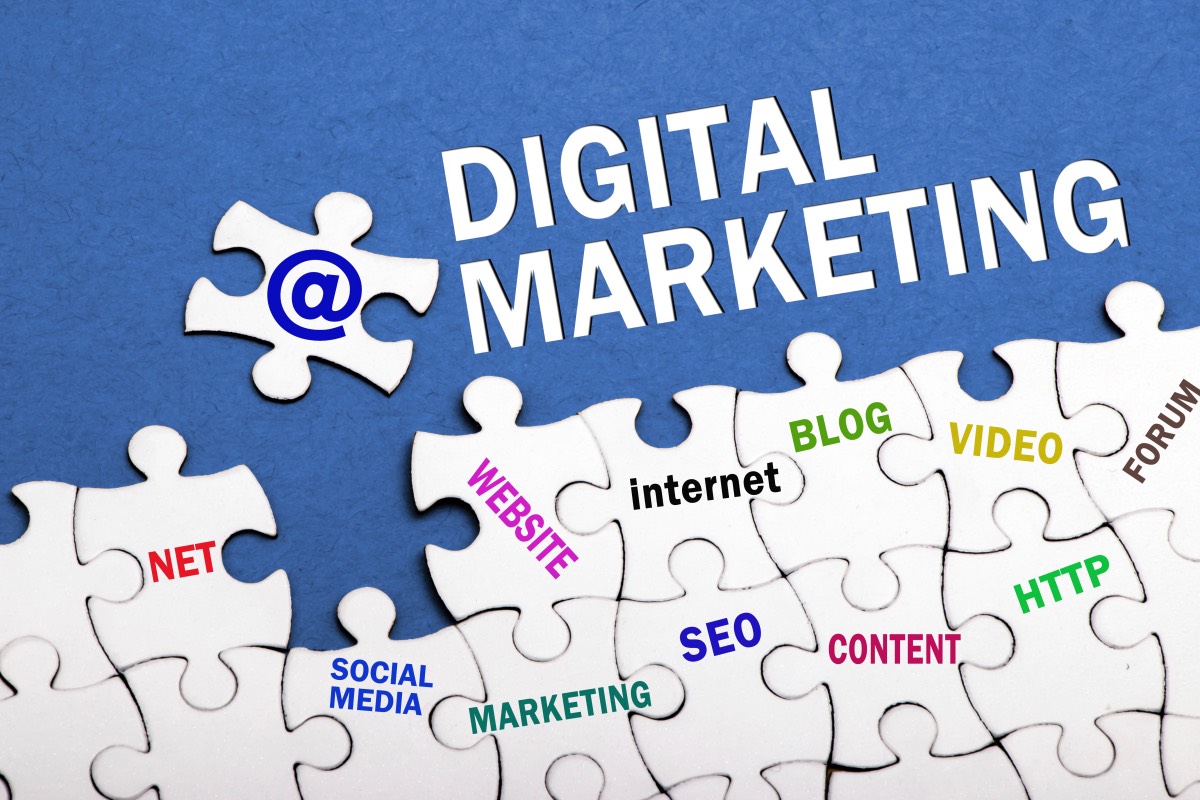A strong digital strategy is essential for business growth in today’s competitive landscape. But with evolving technologies and customer preferences, how can businesses keep up? By following this 10-step approach, you can develop a well-rounded, data-driven digital strategy designed to boost your online presence, enhance customer engagement, and drive sustainable growth. Here’s a step-by-step guide to get you started.

1. Define Clear Objectives
Every successful strategy begins with clear objectives. What do you want your digital efforts to achieve? Are you looking to increase brand awareness, generate leads, drive conversions, or enhance customer loyalty? Your goals should be SMART: Specific, Measurable, Achievable, Relevant, and Time-bound. Having specific objectives guides your entire strategy, helping you allocate resources, measure progress, and stay on track.
2. Know Your Audience
Understanding your audience is at the core of any digital strategy. Conduct in-depth audience research, including demographics, interests, pain points, and online behaviour. Use tools like Google Analytics, social media insights, and customer feedback to build detailed buyer personas. Knowing your audience allows you to tailor content, messaging, and outreach to resonate with your ideal customers.

3. Optimise Your Website
Your website is the digital face of your business. Ensure it’s optimised for usability, mobile responsiveness, and fast loading times. A smooth, intuitive user experience can keep visitors engaged longer, reducing bounce rates and increasing conversion potential. Regularly audit your site’s design, layout, and loading speed to ensure a seamless experience that aligns with your brand’s value.
4. Leverage SEO (Search Engine Optimisation)
SEO is the cornerstone of digital visibility. Conduct keyword research to identify terms relevant to your audience and incorporate them into your content. Implement on-page SEO tactics, including meta descriptions, alt tags, and internal linking, to boost rankings. Building quality backlinks from credible sources can further improve your SEO, ensuring that search engines prioritize your site for relevant queries and driving organic traffic over the long term.

5. Create Valuable Content
Content marketing isn’t just about posting blogs—it’s about providing value. Develop content that informs, educates, and entertains your audience. Consider a mix of formats like articles, videos, infographics, and podcasts to cater to different preferences. By consistently sharing valuable content, you position yourself as a trusted authority in your industry, attracting and retaining a loyal audience.
6. Use Social Media Strategically
Identify which social media platforms your target audience frequents and build a strong presence there. Engage authentically with followers by sharing relevant content, responding to comments, and participating in conversations. Experiment with social media advertising to reach a broader audience and increase visibility. Using platforms like Facebook, Instagram, LinkedIn, and Twitter effectively can enhance your brand’s credibility and foster meaningful customer relationships.

7. Invest in Email Marketing
Email marketing is one of the highest-return digital channels, offering a direct line to your audience. Use it to nurture leads, keep customers engaged, and promote new products or offers. Personalised, automated email campaigns can be highly effective for engagement and conversions. Build segmented lists to send tailored messages that resonate with specific audience groups, increasing open and click-through rates.
8. Utilize Data and Analytics
Digital success relies on data. Use tools like Google Analytics, social media insights, and email metrics to measure your campaigns’ effectiveness. Data-driven insights can reveal which strategies are working and where improvements are needed. Regularly track key metrics like website traffic, conversion rates, engagement, and customer acquisition costs to optimize performance over time.

9. Adopt Paid Advertising
While organic growth is essential, paid advertising can amplify your reach. Consider pay-per-click (PPC) ads on platforms like Google, Facebook, and LinkedIn. With targeting options based on demographics, interests, and behaviour, paid ads to ensure your message reaches the right people at the right time. Retargeting ads are particularly effective in re-engaging past visitors and boosting your conversion potential.
10. Continuously Test and Improve
Digital strategy is never static. Testing and optimization are key to sustained success. Conduct A/B tests on landing pages, email subject lines, and ad creatives to identify what resonates best with your audience. Monitor trends, adapt to algorithm changes, and refine your tactics regularly. This approach ensures your digital strategy remains relevant and effective in an ever-changing online landscape.
The Takeaway
Implementing a digital strategy may seem complex, but by following these 10 steps, you build a framework for long-term success. Define clear goals, understand your audience, and create a robust online presence through SEO, valuable content, and targeted advertising. With regular optimisation and data-driven decision-making, this strategy provides the foundation to propel your business forward in the digital age.







